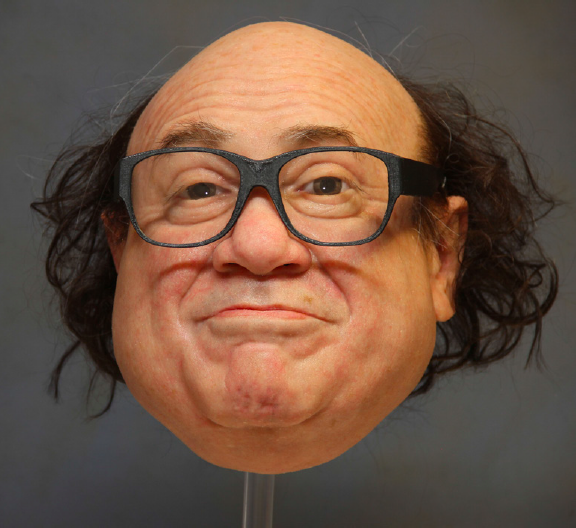The Grand Junction Economic Partnership (GJEP) is pleased to welcome Låda Cube back to Grand Junction. The building tech company, which is widely considered at the forefront of a construction industry revolution, is expanding its footprint and planning to add anywhere from 80-160 people in the next year.
Låda Cube was founded by John Fay, who grew up in Colorado’s Grand Valley, in 2013. The startup quickly earned national recognition and interest from global companies like Facebook, WeWork, Tesla, SideWalk Labs and Marriott for its demountable wall systems.
In 2018, the company earned a coveted spot in the Telluride Venture Accelerator. Shortly thereafter, however, John and his family moved to California, bringing the Låda Cube operations with them. A factory remained in Grand Junction and a second factory was opened in the Golden State. Combined, they employ anywhere from 5-15 employees.
The company received an Advanced Industries Accelerator Grant from the Colorado Office of Economic Development and International Trade in 2019, which helped Låda Cube scale and expand operations within the state, making Colorado a natural target for further expansion. Yet, Låda Cube explored six different areas in Colorado (including Fort Collins, Castle Rock, Denver, Durango and Montrose), as well as Reno, Nevada, before committing to Grand Junction. Despite strong offers from other west slope communities, John says the urge to “return home” and give back to their native community ultimately drove his family and business back to Grand Junction. He is also excited to grow his business in a community he considers “on the verge of becoming a true tech hub.”
With a headquarters firmly established in Western Colorado and some major contracts underway, Låda Cube will next look to expand its global footprint. The company plans to establish a manufacturing center in South Africa, which will allow it to expand into new markets, including Europe.
Låda Cube is currently on the hunt for a bigger facility in Grand Junction, where it will combine its current California and Colorado operations. California employees have been given the option to relocate and Låda Cube is working with GJEP to facilitate relocation.
For more information on Låda Cube, visit the company website at https://www.Lådacube.com/


